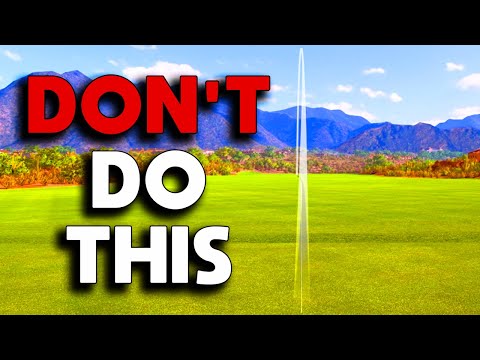Many amateur golfers tend to use slice vs shank interchangeably, but what is the difference between a golf slice and a golf shank? In fact, you might have even had a shot on the golf course that one person said was a slice, while another said was a shank. This video helps you differentiate a slice and a shank, as well as some great drills to fix each problem!
What are golf shanks? A shank tends to be the result of poor contact, where the hosel (the part that connects the club shaft to the club head) comes into contact with the golf ball. There are different reasons why you would shank a golf shot, but typically it produces a low shot that is hit sharply to the right for a right-handed golfer (left for left-handed golfers).
What is a golf slice? A slice tends to happen when you hit the ball relatively well on the face of the club, but the club head is open relative to the target line at impact, resulting in a high shot that trails off and to the right for a right-handed golfer (left for left-handed golfers).
So while both shots go the same direction, their reasons and shot shapes are different. So how do stop shanking the golf ball or stop slicing it? Below are a few golf lessons to help you address each problem.
For a slice, we recommend starting with your golf takeaway, which is the move that starts the backswing. Usually, amateur golfers will work the handle away from the body, while also working the club head around the body, which opens the club face immediately. So the hands work away, the club head rotates open, and you end up with an open club at impact.
Instead, work on a takeaway that promotes a more square club in the backswing. Work your hands inside, while keeping the club head out in front of the hands. This will help you keep that square club face. Hands work in, club head stays out, and notice the club face. It should be in a more square position, with the toe of the club at a more 45 degree angle, versus pointing back behind you.
For a shank (especially for high handicap golfers), it usually is a result a poor transition at the top of the back swing. The hands, arms and club work and across. And as the club works out and across, it exposes the heel and hosel, creating contact off the hosel.
Instead, try this concept: Right knee, right field (left knee, left field for left-handed golfers). Get a feel for working more in to out, starting with your hands down by your trail knee, and work your hands more up towards right field with a little rotation. Do that a couple times, set in and hit a golf shot, replicating that feel of working your golf swing up and to the right through impact.






